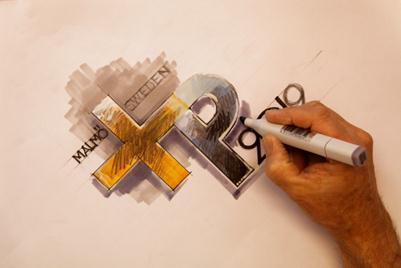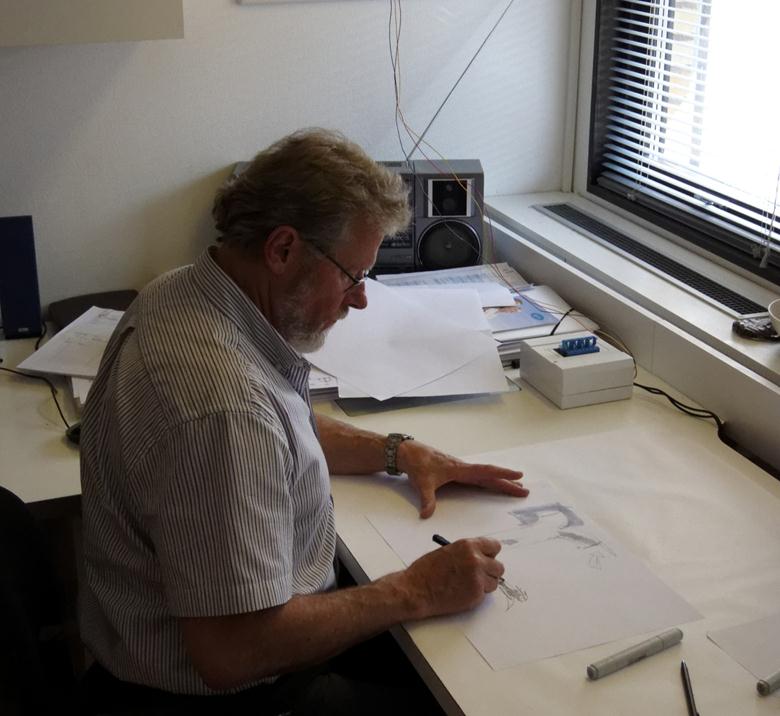The XP2000 conference series grew out of the great interest in Extreme Programming, XP. At the time, the XP practices seemed daunting. There was the Planning Game. We had to convince the boss that we should Pair Program, construct everything with the support of Test-Driven Development, and Continuously Integrate everything into a working system.
There were 12 practices in the XP tool set first formulated by Kent Beck, Ron Jeffries, Martin Fowler and their teams. Then we added Norm Kerth’s Retrospectives.
It was a minimalist set, but it was still too challenging to implement even that for many organizations. Agile adoption did not really take off until someone figured out how to target the training budget of low-level management instead of the hearts and souls of honest programmers.
Not all agile adoption went in the direction of mass mediocrity. Some people went the other way, and made Extreme Programming even more extreme. They said we should not only integrate all the time we should deploy and deliver all the time, Continuous Delivery/Deployment.
Then, thanks to insights from Lean and legendary fighter pilot and strategist John Boyd, came a revolution in the product owner/XP customer’s work. Lectures by Steve Blank inspired Eric Ries at IMVU to apply Boyds OODA-loop to agile product definition and management.
I did not believe it at first, when I heard how those insights brought great success to an agile product company, IMVU. They aimed to carve out a market share alongside the big game companies by doing a virtual world game. “Who needs another one of those?” I thought.
I changed my mind when I saw a picture of their development team a few years ago. (http://flic.kr/p/5nGFan) The picture was from the IMVU Mohawk day. The team had promised to cut and dye their hair like a character in their own game if they ever made a million a month. Lets just say they looked like the eccentric million dollar rain makers they were. I’ll never forget those mohawks…
Today, IMVU is one of the largest 3D chat and dress up communities, with 3 million active users each month. There is a total of about 50 million registered users. As a comparsion, Sims by Electonic Arts has sold 16 million copies worldwide. If IMVU was a country, its population would be more than five times that of Sweden.
IMVU clearly has outstanding employees, which usually is something venture capitalists care far more about than methodology. But one vital part of the IMVU success story was that Eric Ries, one of several full-throttle extreme XP practitioners at IMVU, went to a class at Stanford on how to define yourself in a market as a startup.
Silicon Valley veteran Steve Blank gave lectures at several universites on how a startup or new technology needs to maneuver like a fighter pilot not only to survive but to prosper. Steve Blank has written a few books on the market side of high-tech startups and Eric Ries recently came out with his own book titled The Lean Startup.
At XP2011 in Madrid there was a lot of interest in Lean Startup practices and experiences. We’d like to listen to your Lean Startup stories at XP2012.
Eric Ries and Steve Blank focus on the startup scene, but a lot of what Lean Startups do is highly relevant to any software-dependent industry.
We would be delighted to hear about similar combinations of an extremely disciplined agile continuous delivery driven process that is directed by Lean methods like the OODA applied to product management and market positioning.
Both startups and established industry are invited to share, teach, master insights on Lean Startup models at XP2012!





